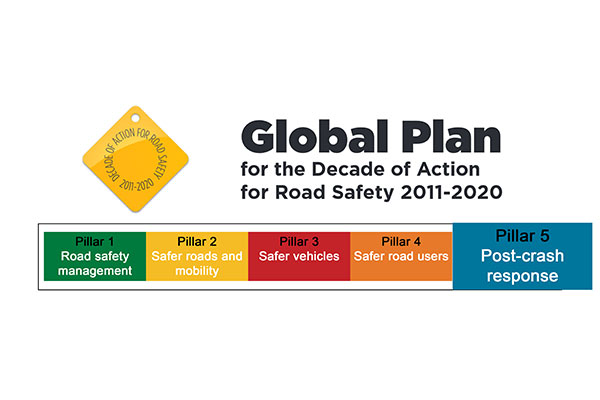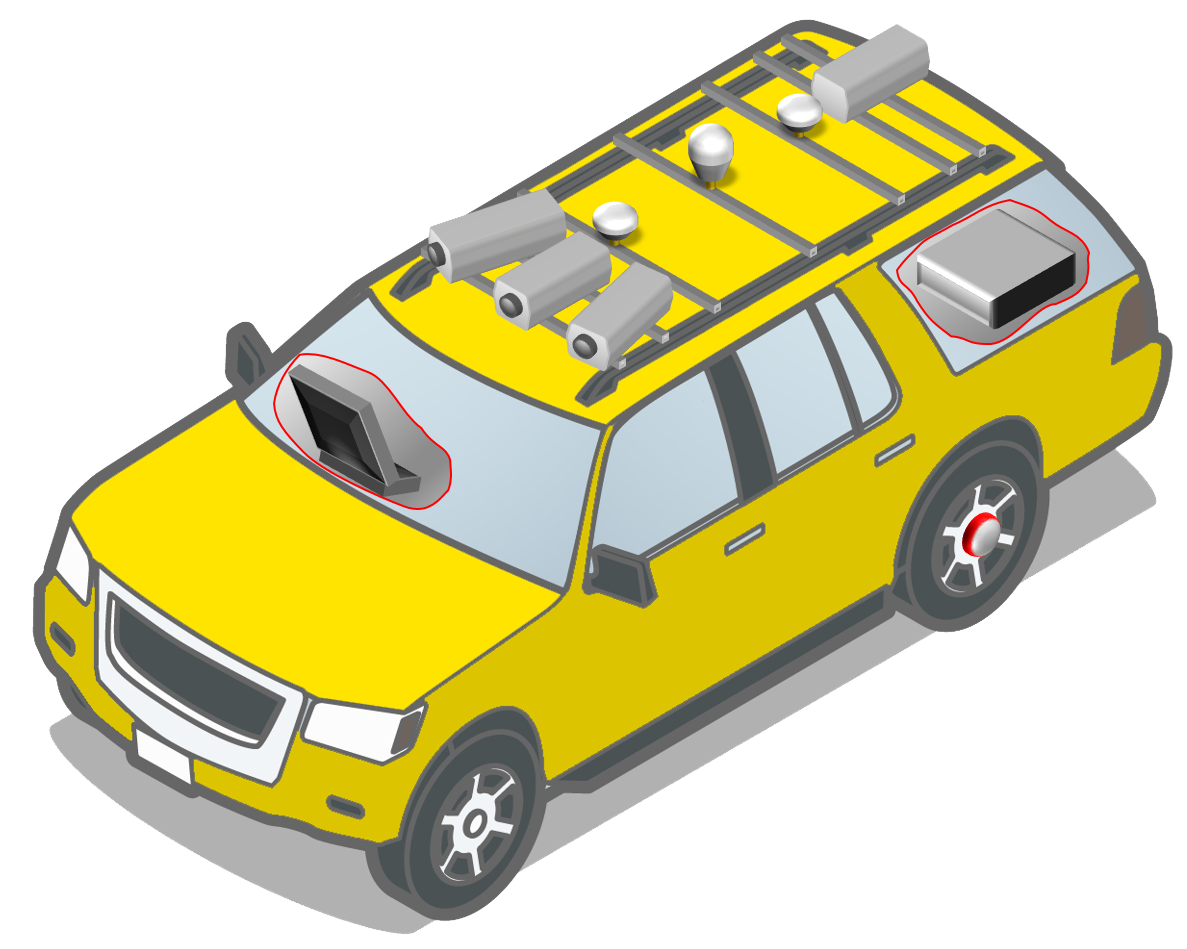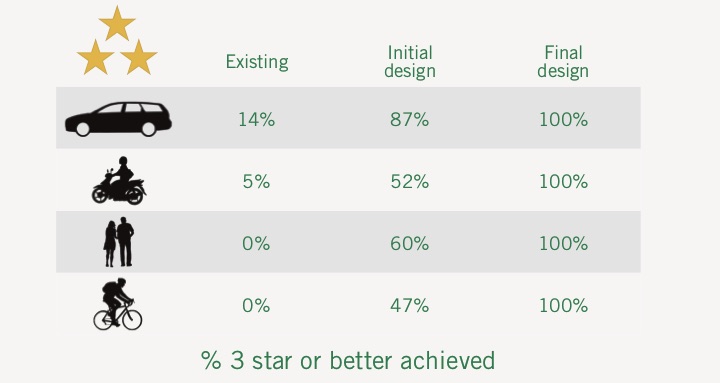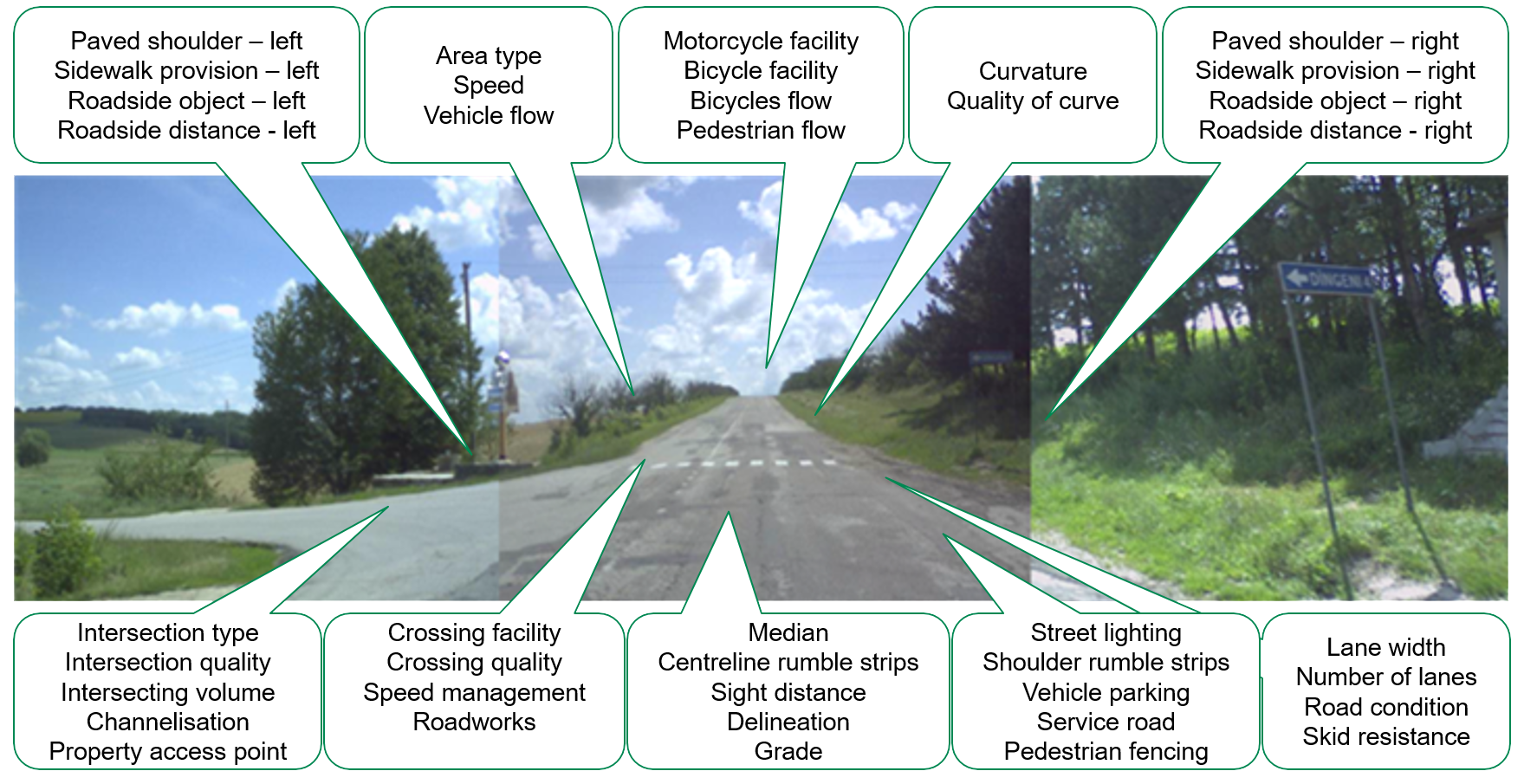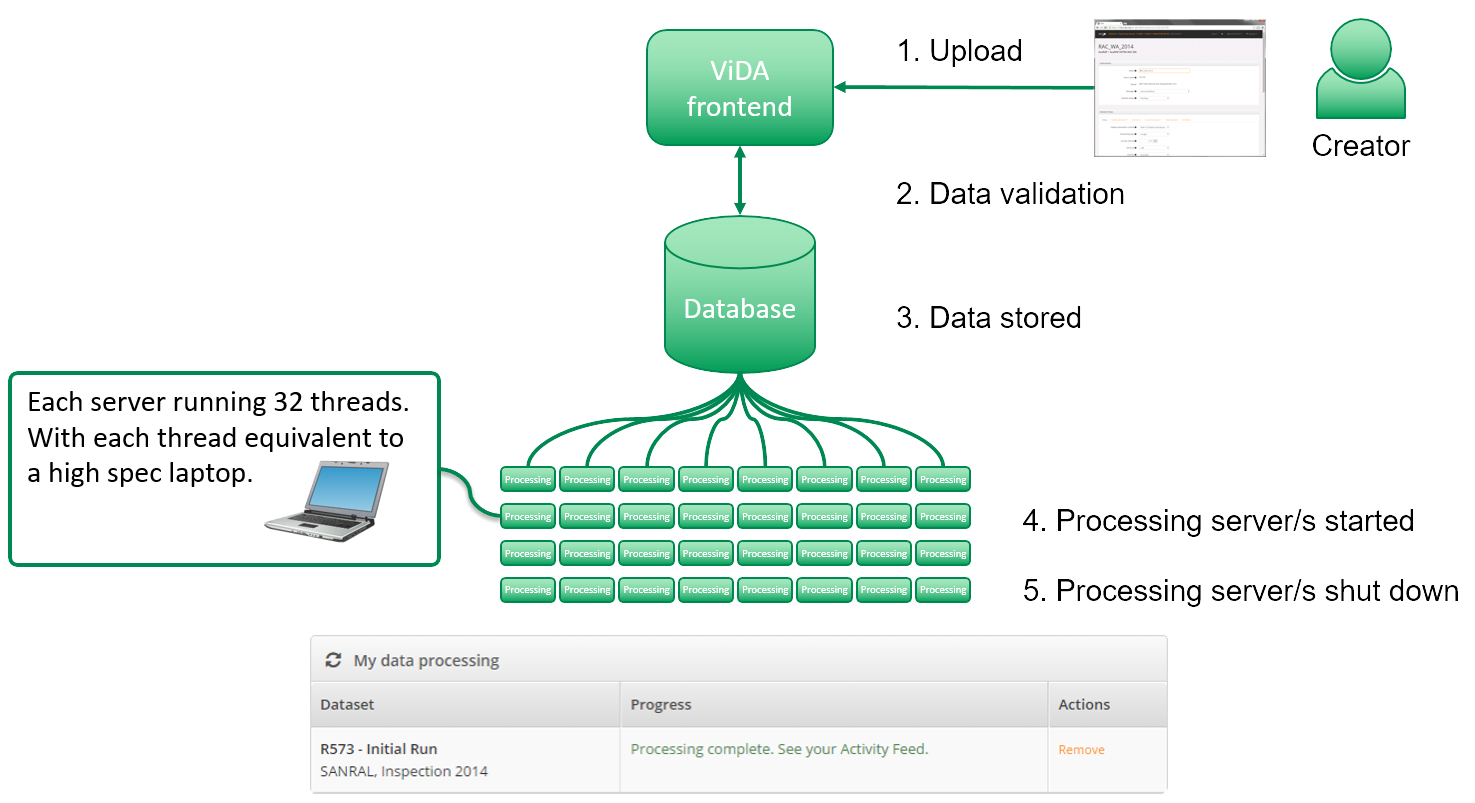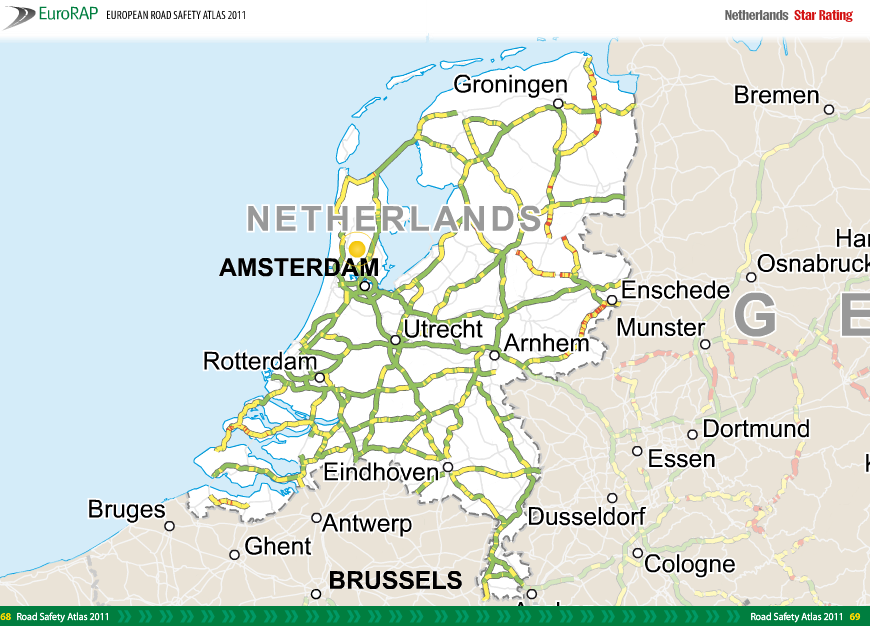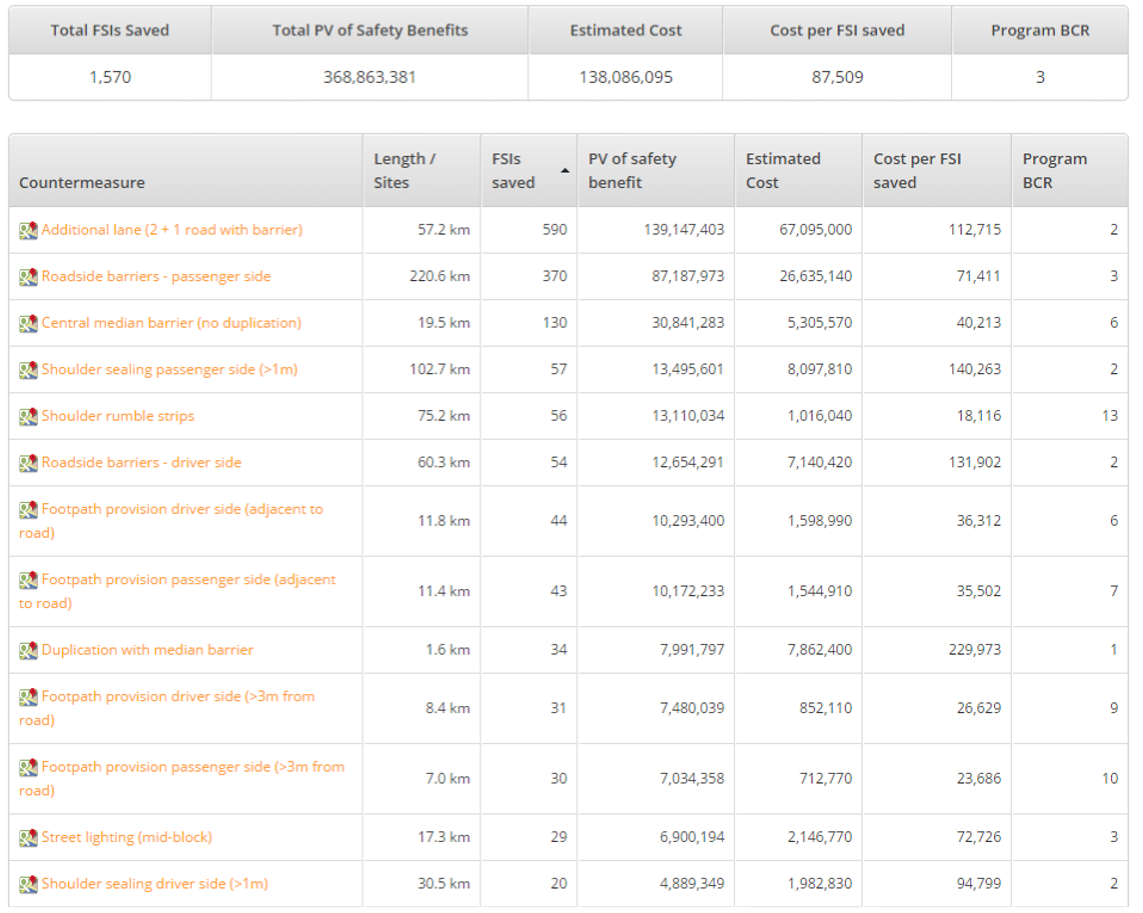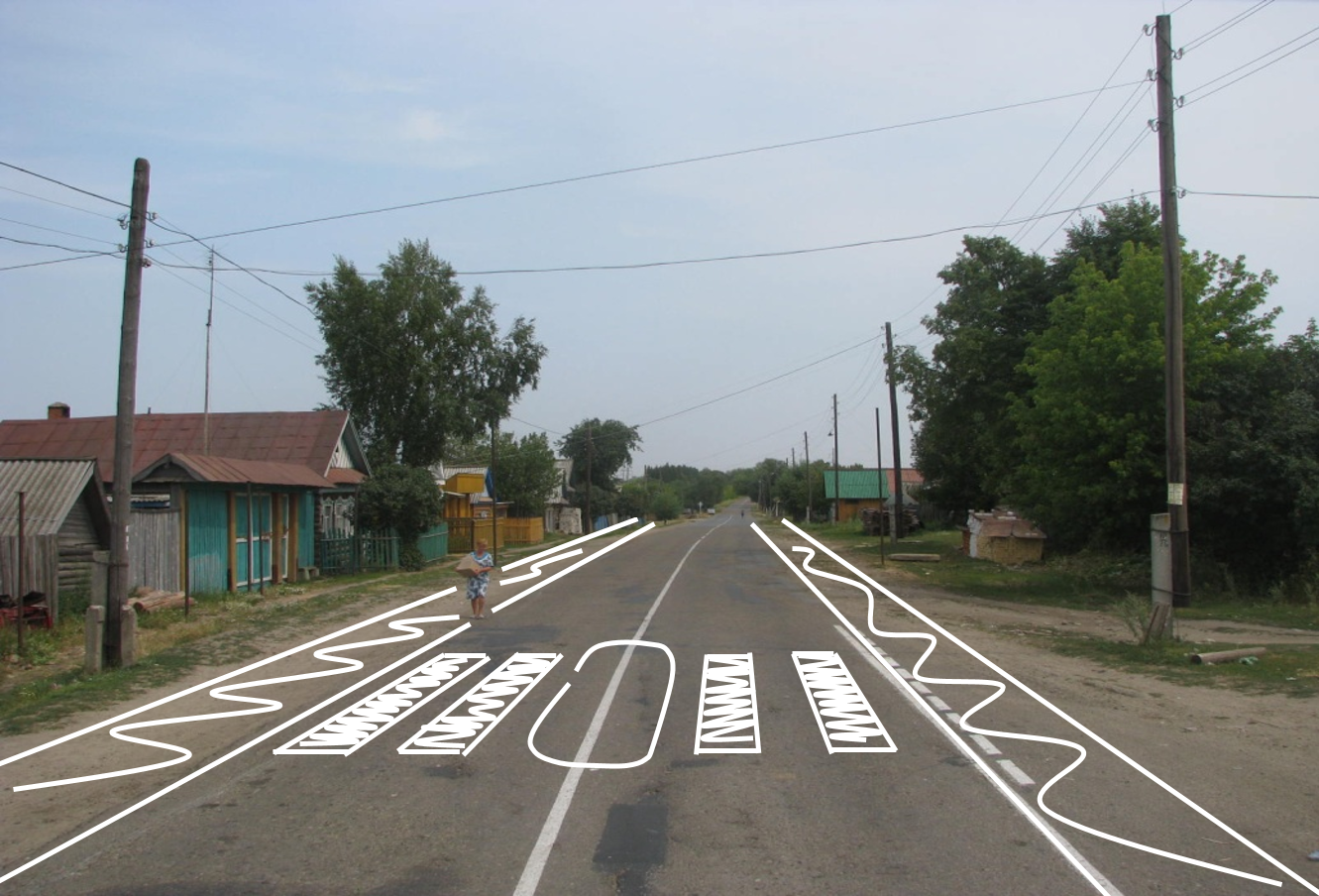The EuroRAP road risk map of Spain and Catalonia was published on the 18th of December 2019 in Barcelona. The study was launched by RACC and has collected data on road safety for Spain and Catalonia* for 2016, 2017, and 2018. It identifies the road sections with a higher risk of having a serious or fatal accident and the sections with a higher accident concentration.
The 2019 RACC study shows that the EU target, i.e. reducing the number of fatal victims by 50% in the 2010-2020 decade, is far from being achieved, considering that between 2010 and 2018 the reduction was only of 27% for Spain and 28% for Catalonia. Although the trend during the first years was the right one, stagnation is observed in the recent years.
The EuroRAP study for Spain is published every year in since 2003 and assessed more than 25,000 km of State-owned interurban roads. The analysed sections are used by 52% of all road travel driven annually in Spain. According to the 2019 study, highways and motorways are the safest roads in Spain. Instead, the single-carriageway national roads, with one lane for each direction, have 20% of their kilometres with a ‘high’ or ‘very high’ risk rate. There are 3 Spanish provinces (Teruel, Huesca and León) that have a percentage of ‘high’ and ‘very high’ risk. In terms of accidents concentration, the 10 sections with the highest number of serious motorcycle accidents per km are in large metropolitan areas, mainly in Barcelona and Valencia. The serious accidents of motorcycles and heavy vehicles are especially concentrated in specific sections of the State Road Network, a fact that should facilitate their prevention. The continued improvement of risk has continued in Spanish roads thanks to an increase in mobility not followed by fatal and serious accidents, but there are still 2,000 km of roads where the risk of having a fatal and serious accident remains high. RACC calls for new impetus to road safety in Spain and claims for the creation of an extraordinary fund for the improvement of safety on Spanish roads.
The EuroRAP study for Catalonia is published every year in since 2002 and analyses more than 6,300 km of interurban roads owned by the State, the Autonomous Community and the Provincial Councils. The network analysed accounts for 53% of the total network and is used by 90% of the total Catalan road mobility. According to the 2019 study, the risk of having an accident on a single-carriageway conventional road is 4 times higher than on highways or motorways. In fact, conventional roads gather almost all sections with a ‘very high’, ‘high’ and ‘medium’ risk in Catalonia. The C-37 road between Alcover and Valls is the section with the highest accident risk. For the fourth year in a row, the section that gathers the highest number of accidents per kilometre is located on the C-58 road between Barcelona and Cerdanyola. The largest part of the sections with the highest number of accidents are in the metropolitan area of Barcelona and have a high percentage of accidents involving motorcycles.
For more information, please see the Press releases for Spain and Catalonia.
* In Catalonia, RACC collaborates of the Department of Territory and Sustainability of the Catalan Government, the Catalan Traffic Authority and the Barcelona Provincial Council.


